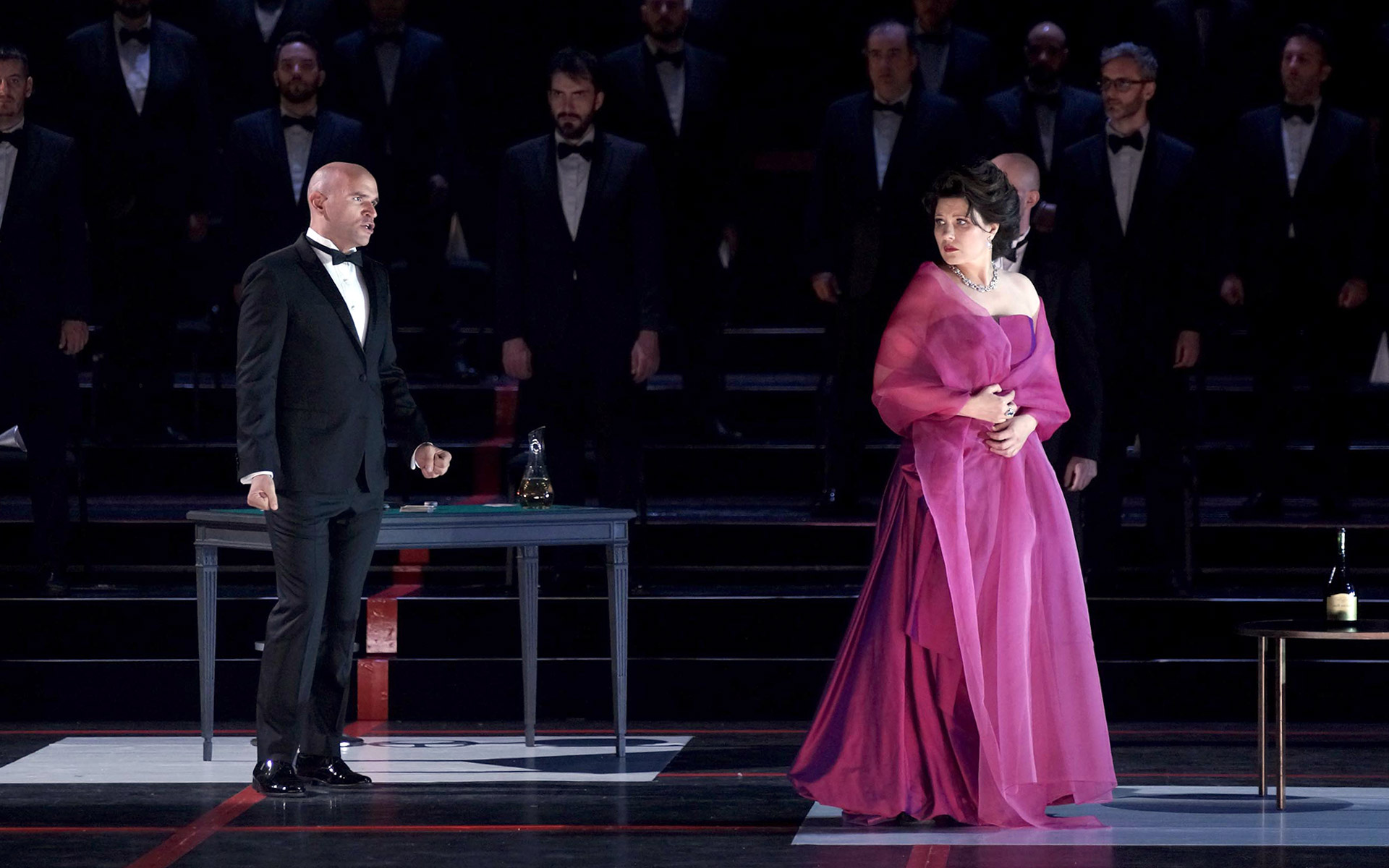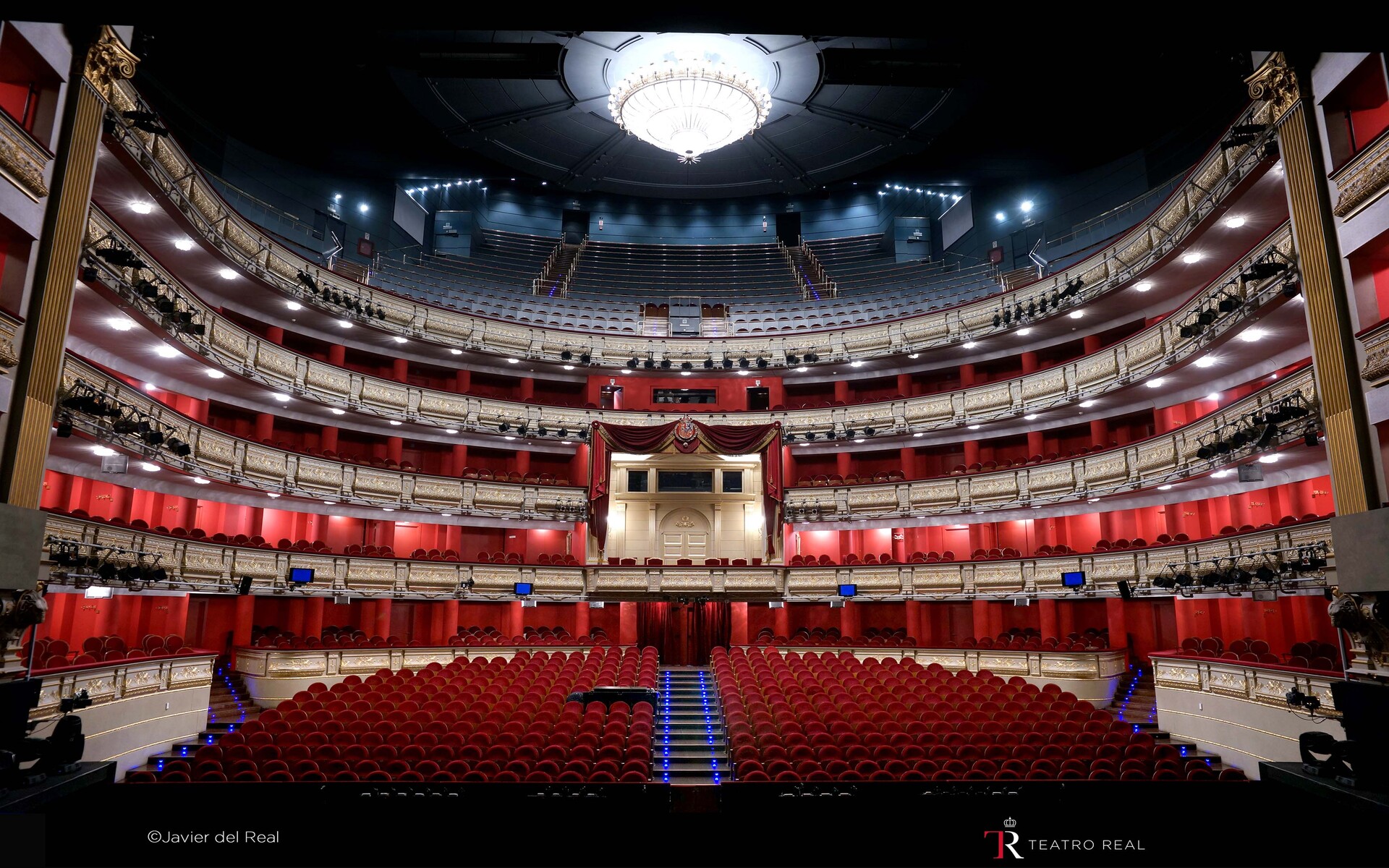Opera
Wolfgang Amadeus Mozart
The Pretended Garden-Girl

Musical conductor: René Jacobs
After his success with serious opera in Milan, Mozart returned 17 to opera buffa (following La finta semplice) in 1775. In 1774 Munich’s court theatre had commissioned Mozart the composition of an opera for the 1775 Carnival season. The result was the dramma giocoso in three acts, La finta giardiniera (The Pretended Garden-Girl), premiered in Munich’s Salvatortheater on January 13, 1775 and enthusiastically received. The text, probably by the Roman librettist Guiseppe Petrosellini, is rather confusing and written in a series of isolated scenes. All the action takes place in the 18th century on Podestà’s estate in Milan, where three couples, corresponding to three musical styles, part company and get back together again in a comedy of entanglements, disguises, mistaken identities, and with a lieto fine (or “Happy ending”). The clear distribution of styles and characters combining comic and tragic roles follow the tenets of Carlo Goldoni: there are two parti serie (Arminda and Ramiro), two parti di mezzo carattere (Sandrina and Belfiore), two buffo roles for domestics (Serpetta and Nardo) and another buffo role is that of Podestà.
The originality of this opera lies in the passionate arias sung by Arminda (to the accompaniment of four horns), Sandrina and Ramiro, the addition of a castrato role (Ramiro) and the limited number of ensembles this opera buffa contains. However as is customary in a Finale, the seven soloists do take part. By virtue of this type of this interaction between the serious and buffo genres, La finta giardiniera is a clear example of one of the principal tendencies of Italian opera in the second half of the 18th century. In spite of the premiere’s success, the libretto’s deficiencies prevented the work from enjoying a long stage run, and was revived as a German Singspiel (Die verstellte Gärterin) in Augsburg in 1780, using secco recitatives instead of spoken dialogue.
Gabriel Menéndez Torrellas
The originality of this opera lies in the passionate arias sung by Arminda (to the accompaniment of four horns), Sandrina and Ramiro, the addition of a castrato role (Ramiro) and the limited number of ensembles this opera buffa contains. However as is customary in a Finale, the seven soloists do take part. By virtue of this type of this interaction between the serious and buffo genres, La finta giardiniera is a clear example of one of the principal tendencies of Italian opera in the second half of the 18th century. In spite of the premiere’s success, the libretto’s deficiencies prevented the work from enjoying a long stage run, and was revived as a German Singspiel (Die verstellte Gärterin) in Augsburg in 1780, using secco recitatives instead of spoken dialogue.
Gabriel Menéndez Torrellas
Dramma giocoso in three acts
Libretto by Giuseppe Petrosellini
Premiere in Teatro Real
Freiburger Barockorchester
Approximate duration of performances:
Act I: 1 hour and 25 minutes
Interval: 25 minutes
Acts II and III: 1 hour and 30 minutes
Releases
Patron friends
08 July
2011Subscribers friend
13 July
2011Tickets on sale
18 July
2011Performances
- Date/hour
- Space
- Cast
- Subscription ticket
04 October 2011
21:00
Main Auditorium
Alexandrina Pendantschanska, Sophie Karthäuser, Sunhae Im, Marie-Claude Chappuis, Jeffrey Francis, Jeremy Ovenden, Michael Nagy
Subscription tickets F
05 October 2011
21:00
Main Auditorium
Alexandrina Pendantschanska, Sophie Karthäuser, Sunhae Im, Marie-Claude Chappuis, Jeffrey Francis, Jeremy Ovenden, Michael Nagy
Subscription tickets H
Are you an Amigo del Teatro Real yet?
Live the Teatro Real experience beyond its wonderful productions and you will contribute to elevating our institutional project.






